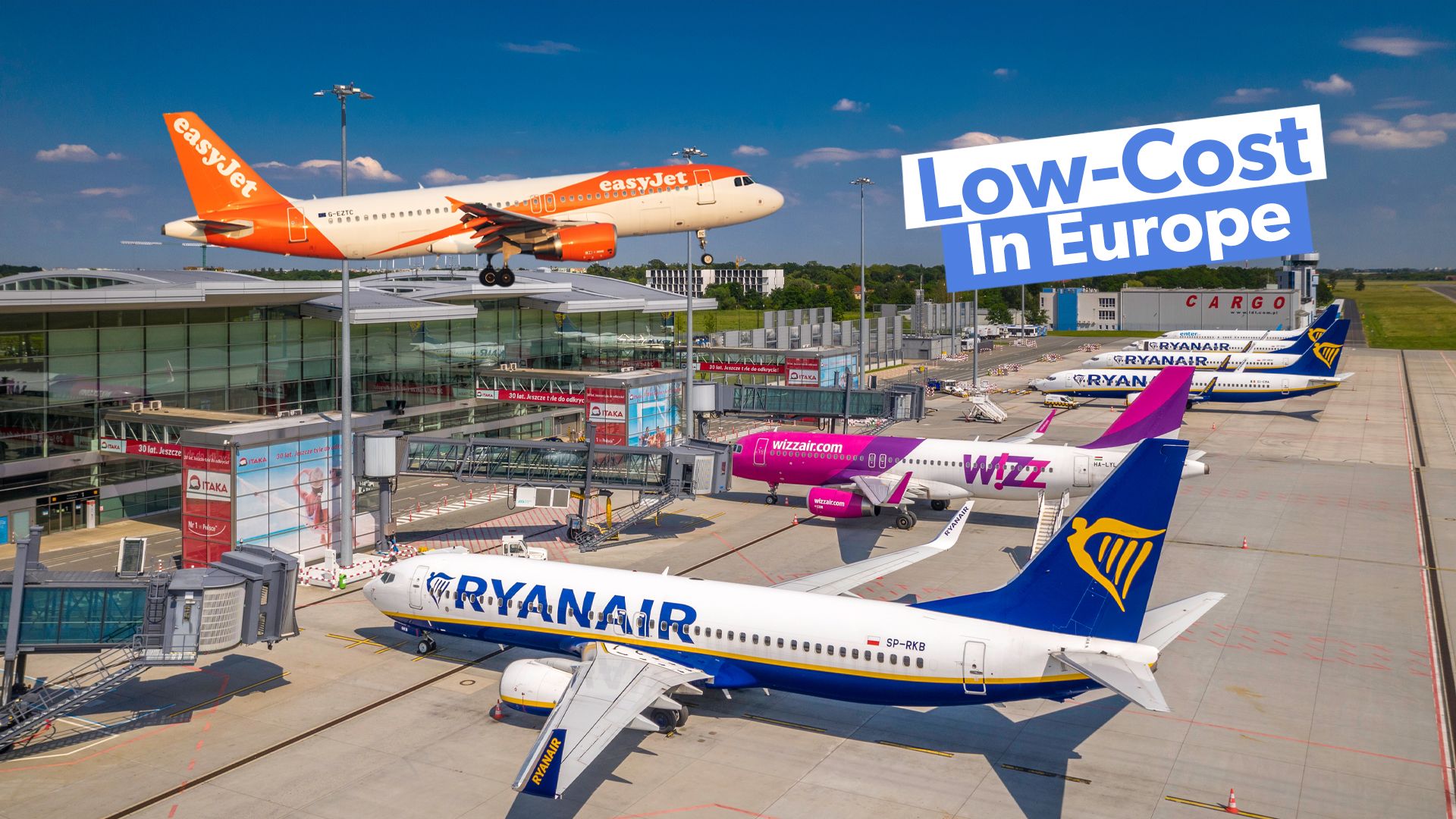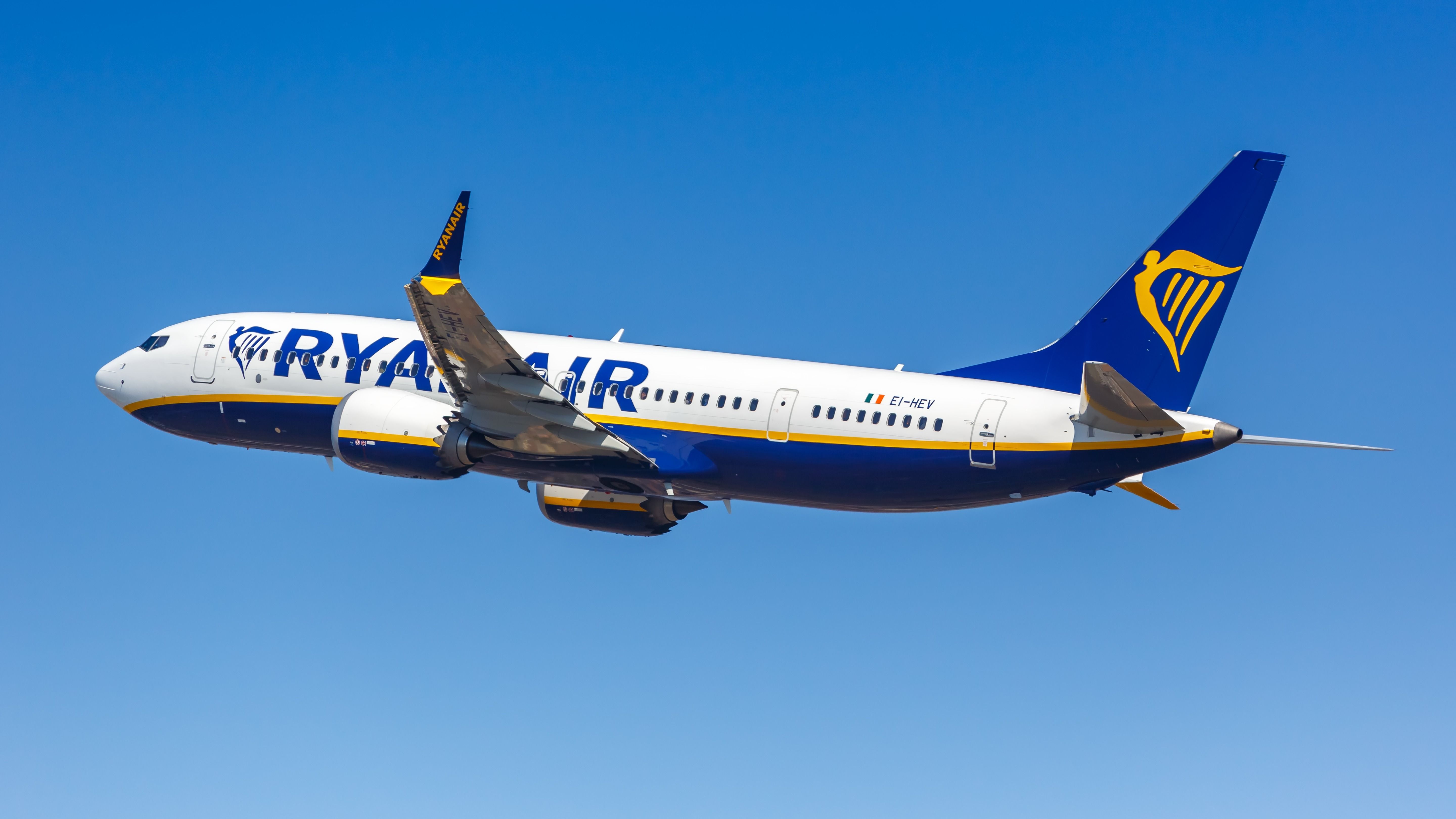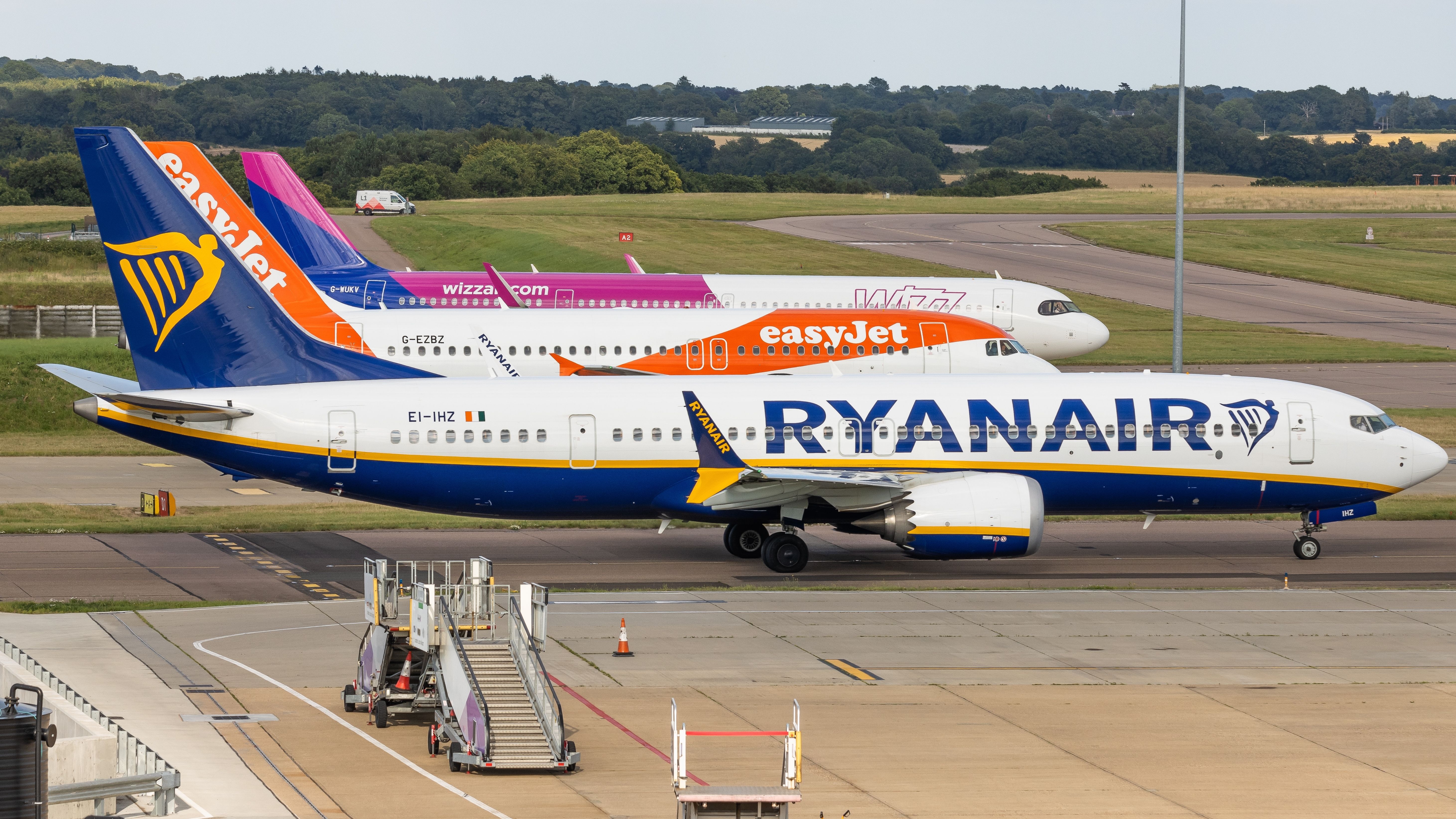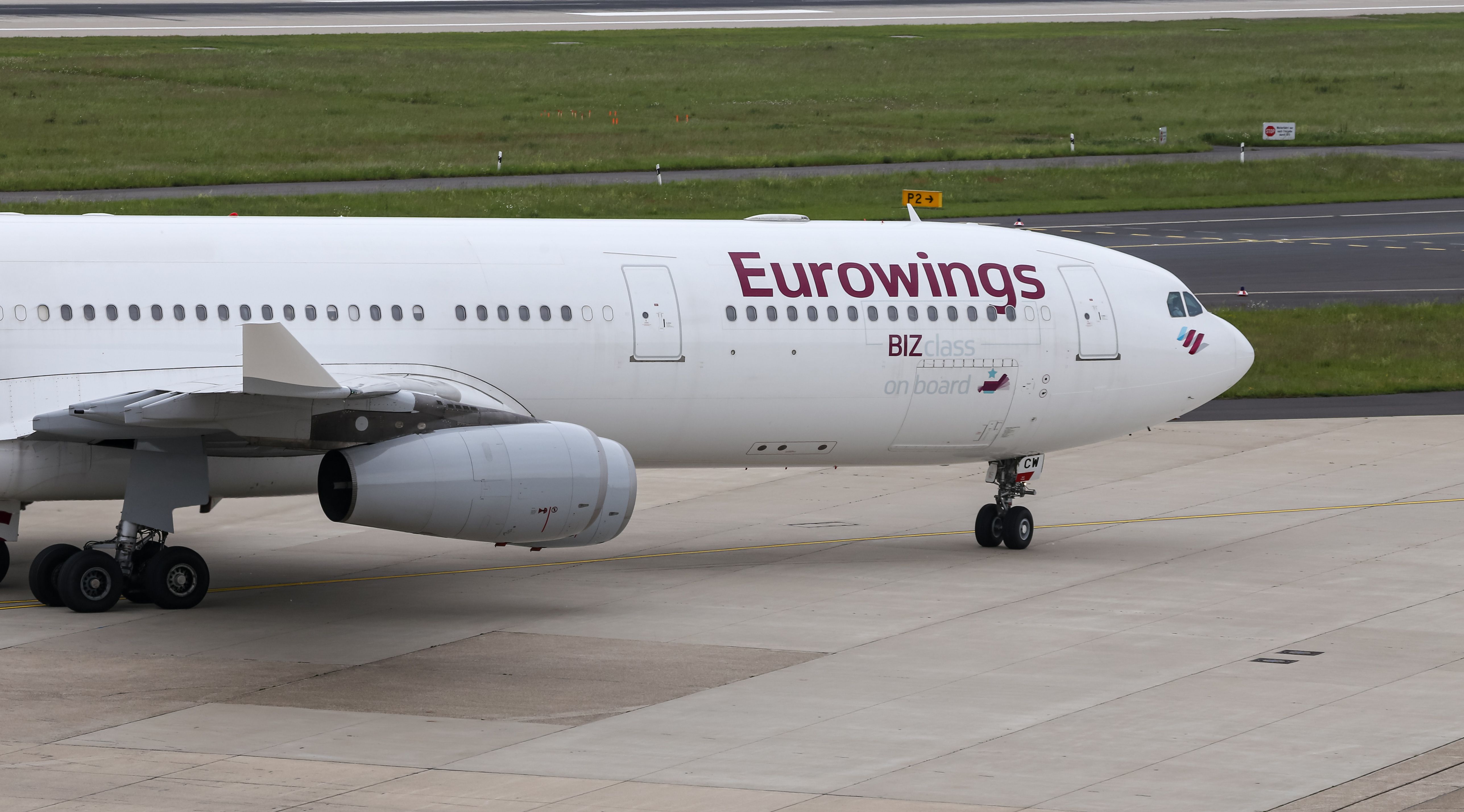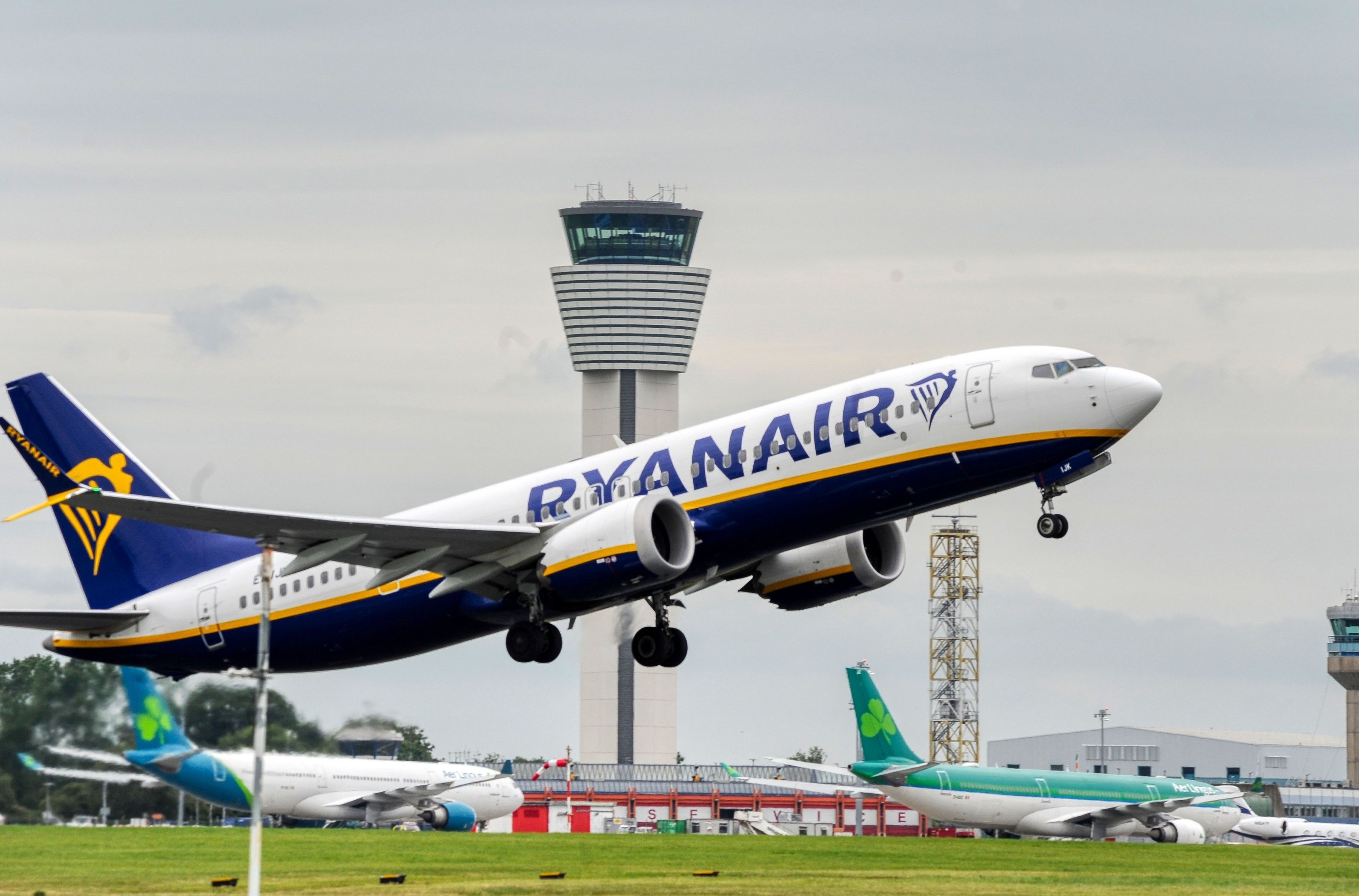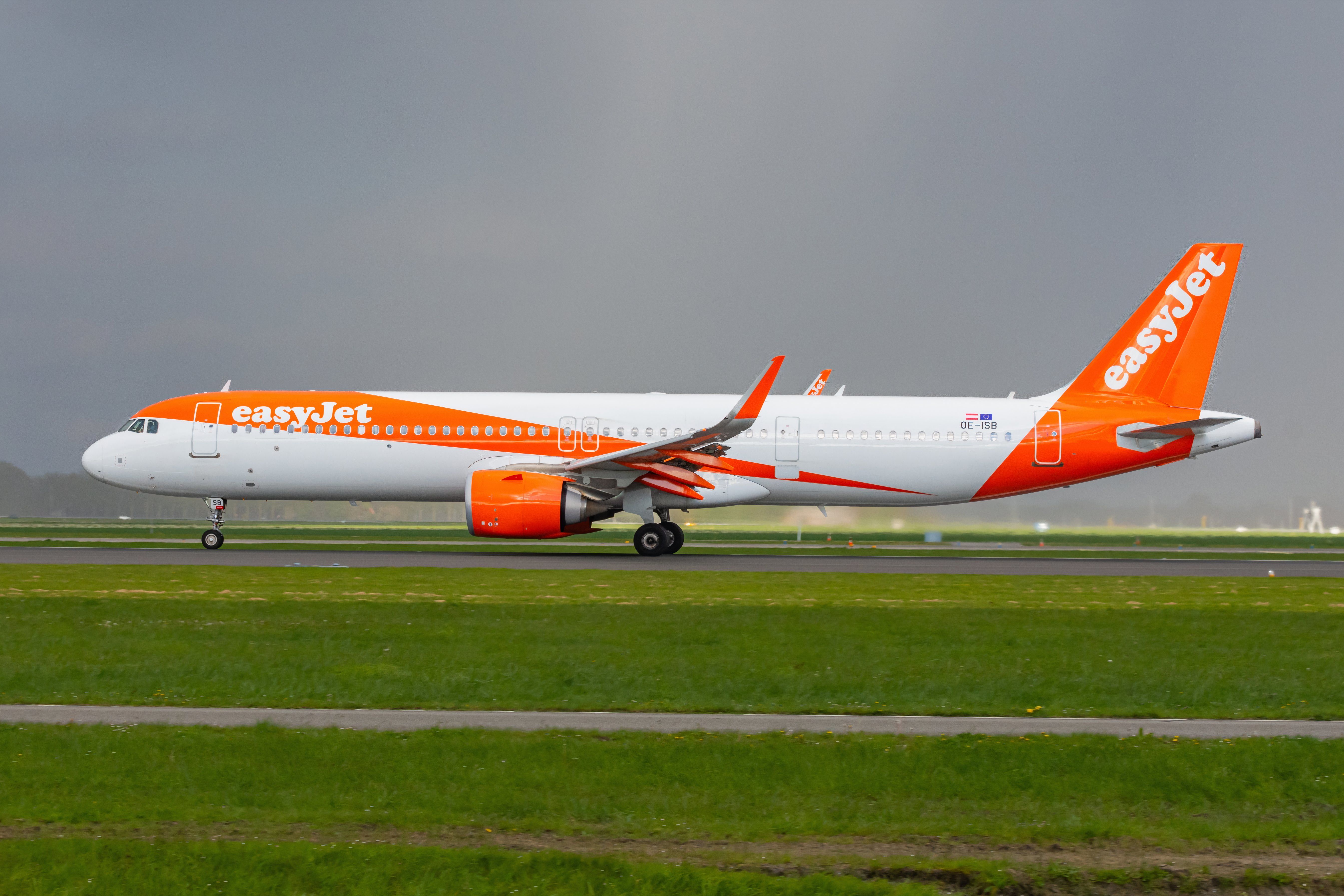When it comes to the European aviation market, it appears that passengers, airlines, and regulatory agencies truly have it all.
For starters, European budget airlines
routinely rank as some of the world’s most profitable, posting profit margins that exceed those of low-cost airlines and legacy carriers across the globe alike.
These carriers have even been immune to some of the market’s downswing and have matched the competitive pressures from legacy airlines that have challenged many low-fare airlines in the United States.
But at the same time, airline passengers in Europe have it better than those anywhere else on the planet, with the lowest fares and the largest passenger rights.
Photo: Markus Mainka | Shutterstock
When flying a roughly three-hour distance within Europe, one could potentially pay as little as €15, but in the United States tickets will fall nowhere near this low.
Passengers in Europe enjoy the lowest fares of any on the planet, low-cost airlines appear to be more profitable than any of their global competitors, and competition within the market exceeds that anywhere else on the planet.

The European Commission’s regulatory environment has benefited airlines tremendously
We cannot simply credit airlines within Europe as being the core catalysts for developing such a favorable operational environment within Europe, as these carriers would certainly find ways to decrease competition and increase revenue generation if left entirely to their own devices.
Therefore, regulatory bodies like the European Commission, which serves as the principal executive branch of the EU, have played a key role in creating the environment that exists today.
Airlines like Ryanair and easyJet are forced to compete with dozens of other airlines across the continent for passengers, with almost every EU member state having at least a handful of budget airlines operating within it.
The European Commission’s decisions have ensured that the airline environment remains this way, maintaining the low fares that passengers enjoy while also allowing low-cost airlines to thrive.
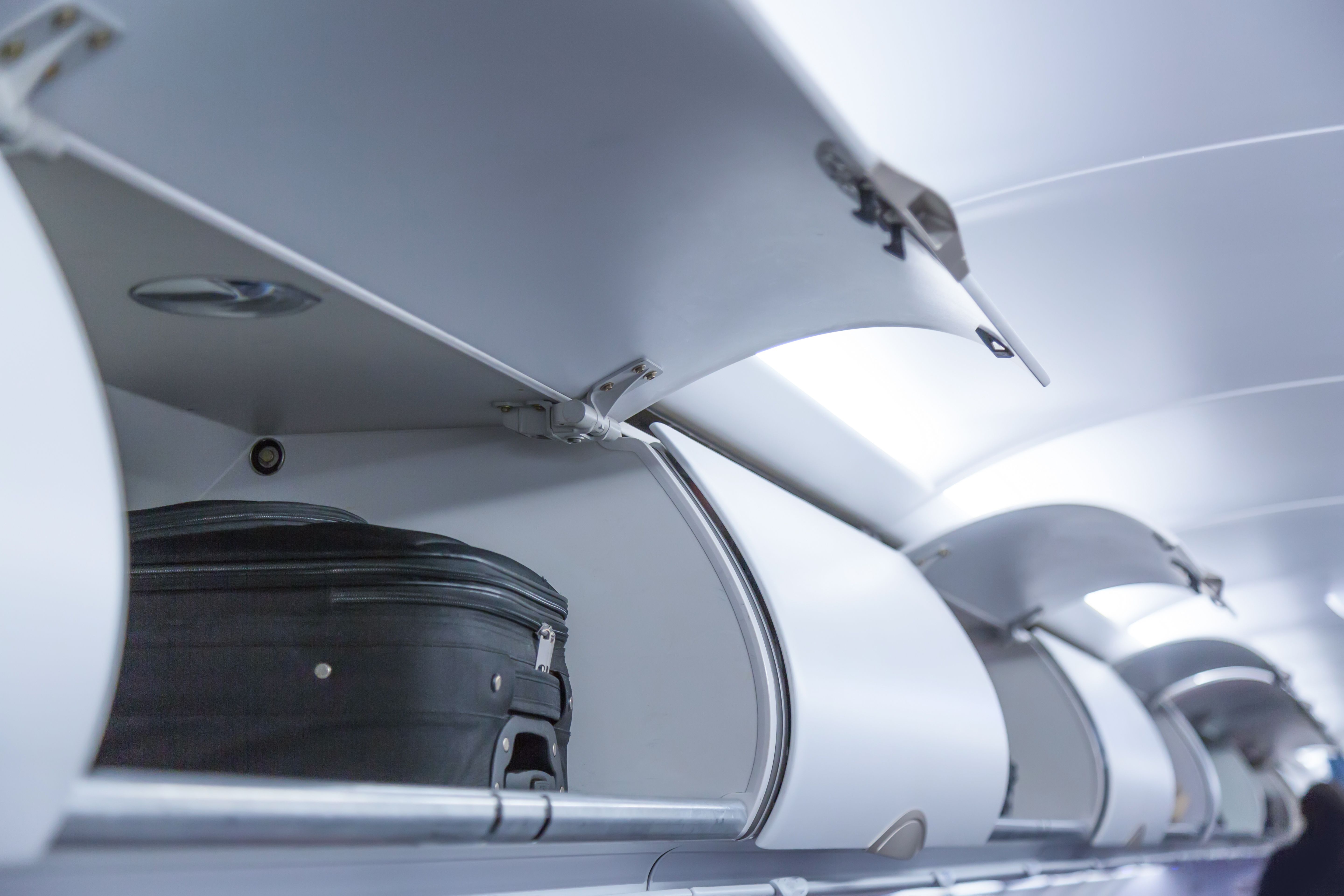
Related
The European Union Wants To Ban Hand Luggage Fees
Could hand luggage fees be the thing of the past?
The EU’s unique regulatory approach has yet to be successfully replicated anywhere across the globe. In the United States, a market similar in size to the entire EU, there are only a few true ultra-low-cost airlines, most of which are hamstrung by high fees, low bargaining power at airports, and onerous regulations.
Let’s take a deeper look at the decisions made by the European Commission and examine how they have contributed to creating an optimal environment on the continent for low-cost carriers.
Photo: jamesdc152 | Shutterstock
A low-fee environment has allowed European budget airlines to thrive
Across the board, most European Union member nations have higher personal income taxes alongside higher corporate taxes than the United States, something which helps pay for the variety of social services that are funded by the international governmental body.
In Europe, airports and many of the other services associated with air travel are considered essential services and, as a result, are heavily funded by governments.
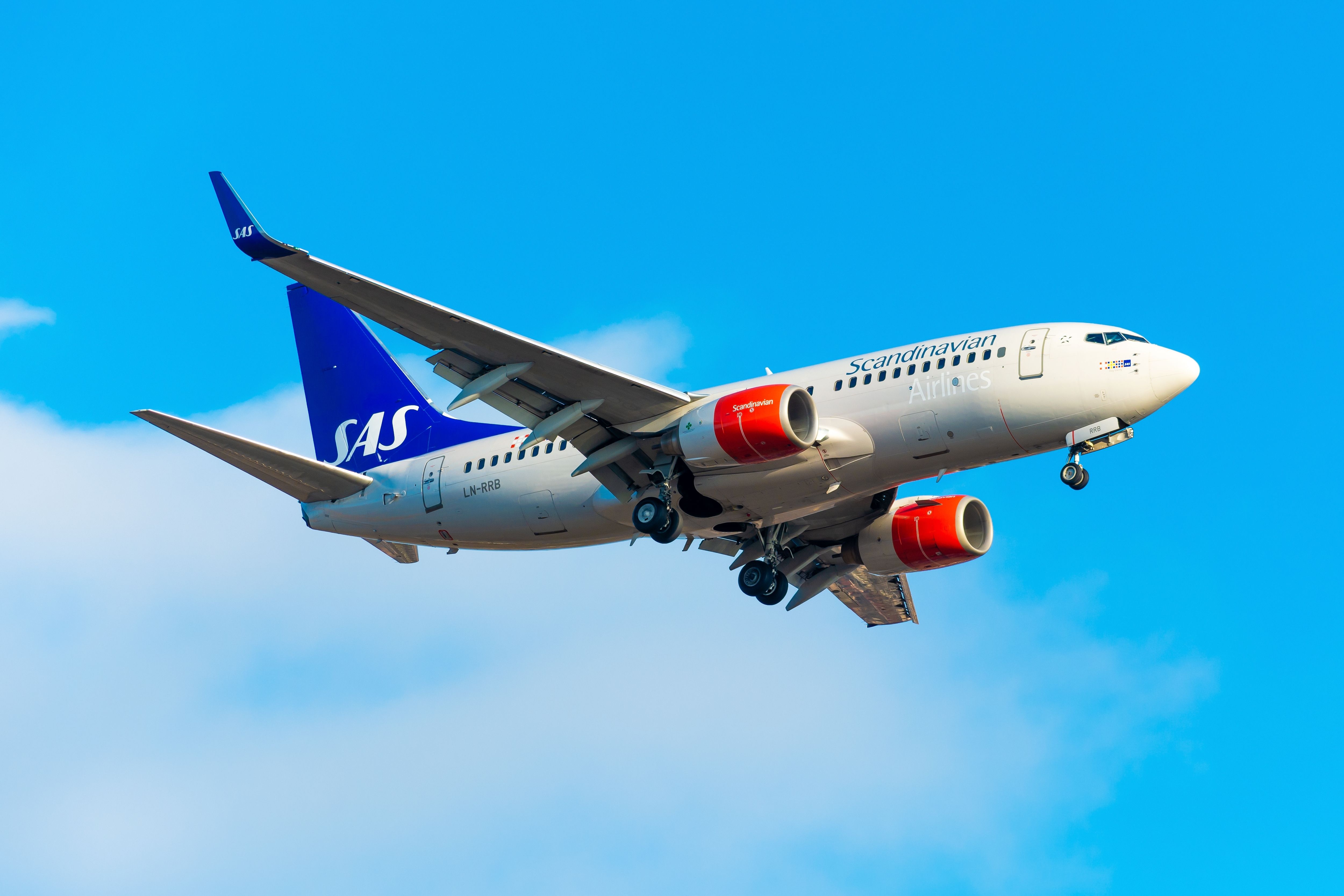
Related
SAS Says Europe Shouldn’t Be So Worried About Airline Mergers
The carrier believes the EU Commission is behaving too cautiously.
In the United States, by contrast, passengers will often anticipate paying significantly more in taxes or fees when booking an airline ticket, as the Federal Aviation Administration imposes heavy fees for everything from airport usage to funding the Transportation Security Administration (TSA).
An analysis performed by the Fraser Institute found that over 20% of the total ticket price in North America typically consists of taxes and other fees, a number that is significantly lower in Europe.
Photo: EvrenKalinbacak | Shutterstock
Industry observers have continued to cite low-fee environments in Europe as one of the key factors that allow airlines like Ryanair to price their tickets so low.
In the United States, consumers will still have to pay a sizable amount in taxes and fees, which detracts from the discounts that budget airlines can offer. These also help European low-cost carriers financially, as they are allowed to maintain almost all the revenue from ticket sales, with very little being turned over to governmental bodies in the form of taxes and fees.
These high-fee environments have also been cited as one of the many reasons why European low-cost airlines like Ryanair do not fly to the United States.
An open market that promotes competition
The European Union has maintained a single aviation market since the early 1990s, which means that any airline based out of any EU member state can operate flights to, from, or within any other member nation.
This allows airlines like Ryanair and easyJet to have ultimate operational flexibility, operating three different kinds of routes:
- Routes within the European Union
- Routes from the European Union to nations outside the EU
- Routes within individual European Union nations, even those where the airline may not be based
Photo: frank333 | Shutterstock
This flexibility allows airlines to open up travel to new destinations, and they can create routes that had not previously existed, bringing economic development to more areas.
This continues to expand access to affordable flights for passengers from across Europe, allowing them to visit more cities for extremely low prices.
This single aviation market is one of the only examples worldwide of an airline being offered all nine freedoms of the air, not the typical five that are usually provided to airlines.
The European Union is very careful when it comes to approving mergers
One of the most powerful tactics the European Commission can use to prevent excessive consolidation in the industry is blocking mergers.
A paper published by Queen Mary University of London indicated that the European Council’s 2004 Merger Regulation provides the government with many different frameworks for assessing the impact of potential mergers.
Photo: Minh K Tran | Shutterstock
These provisions allow airlines to propose acquisitions or mergers with specific guidelines for how they should present their potential impact on the market.
If the European Commission assesses that a merger will have a net negative result on competition, which often leads to higher prices for passengers, they will be quick to block a merger as they have done many times over the past decade.

